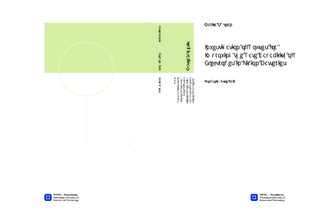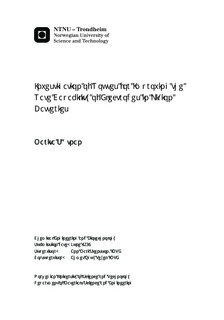| dc.description.abstract | Lithium-ion battery, first introduced to market in 1991 by Sony, is today one of the most popular battery technologies in the world. The development of Li-ion battery applications from portable electronic devices to electric vehicles and energy storages system has resulted in escalating demand for high-power performance of the batteries.In this thesis, various methods to improve the rate capability of Li-ion electrodes were investigated. These include improving the electronically conducting network of the electrodes by reducing the interfacial contact resistivity to the current collector, replacing the carbon black conductive additive by graphite/graphene, as well as reducing the resistance related to intercalation of lithium-ions into the graphite particles by addition of anion receptor in the electrolyte. In order to reduce the interfacial resistance between the current collector and the active electrode material, a carbon layer was deposited onto current collectors by thermal chemical vapor deposition before electrode casting. Li-ion half-cell batteries were manufactured and cycled at different rates in order to reveal the electrochemical performance. Characterizations of the materials were conducted, among them scanning electron microscopy investigations and Raman spectroscopy measurements.It was found, based on average capacity values, that cells with carbon coated current collector demonstrated higher capacities and improved rate capabilities compared to cells without coating. However, there were considerable individual differences among the various cells and hence, more parallel experiments should be performed in order to understand the effect of the coating. Based on average capacity values, addition of anion receptor in the electrolyte also resulted in higher capacities and improved rate capabilities. Additionally, differential capacity data indicated that over potential associated with SEI formation on the anode in the first cycle was reduced with presence of anion receptor in the electrolyte and that overpotentials associated with intercalation and de-intercalation was lowered.For the cathode cells, replacement of carbon black by graphene nanopowder did not improve the cell performance. By comparing the particle size of the various materials it was clear that the graphene material, graphene nanopowder, would be less able to create a continuous conductive network throughout the electrode. Raman measurements also showed that the graphene nanopowder was not perfect graphene, but likely somewhat more similar to graphite. | nb_NO |

